Office USA: 706-658-1122 | Tech Support: 706-362-4813
Office Bulgaria: +359 431 64477
How to Choose the Right Concrete Grinding Equipment for Your Project Needs
Selecting the appropriate concrete grinding equipment for your project is crucial to achieving optimal results, especially in an industry where efficiency and precision are paramount. According to recent market research reports, the global concrete grinding market is projected to reach USD 1.2 billion by 2025, with a CAGR of 4.5% from 2020 to 2025. This growth underscores the increasing demand for advanced grinding technologies that enhance productivity and surface quality in construction and renovation projects. Whether you are a contractor or a DIY enthusiast, understanding the specific requirements of your project and the features of different concrete grinding equipment is essential for maximizing investment and ensuring superior outcomes. This guide aims to provide valuable insights and practical tips to help you navigate the selection process effectively.
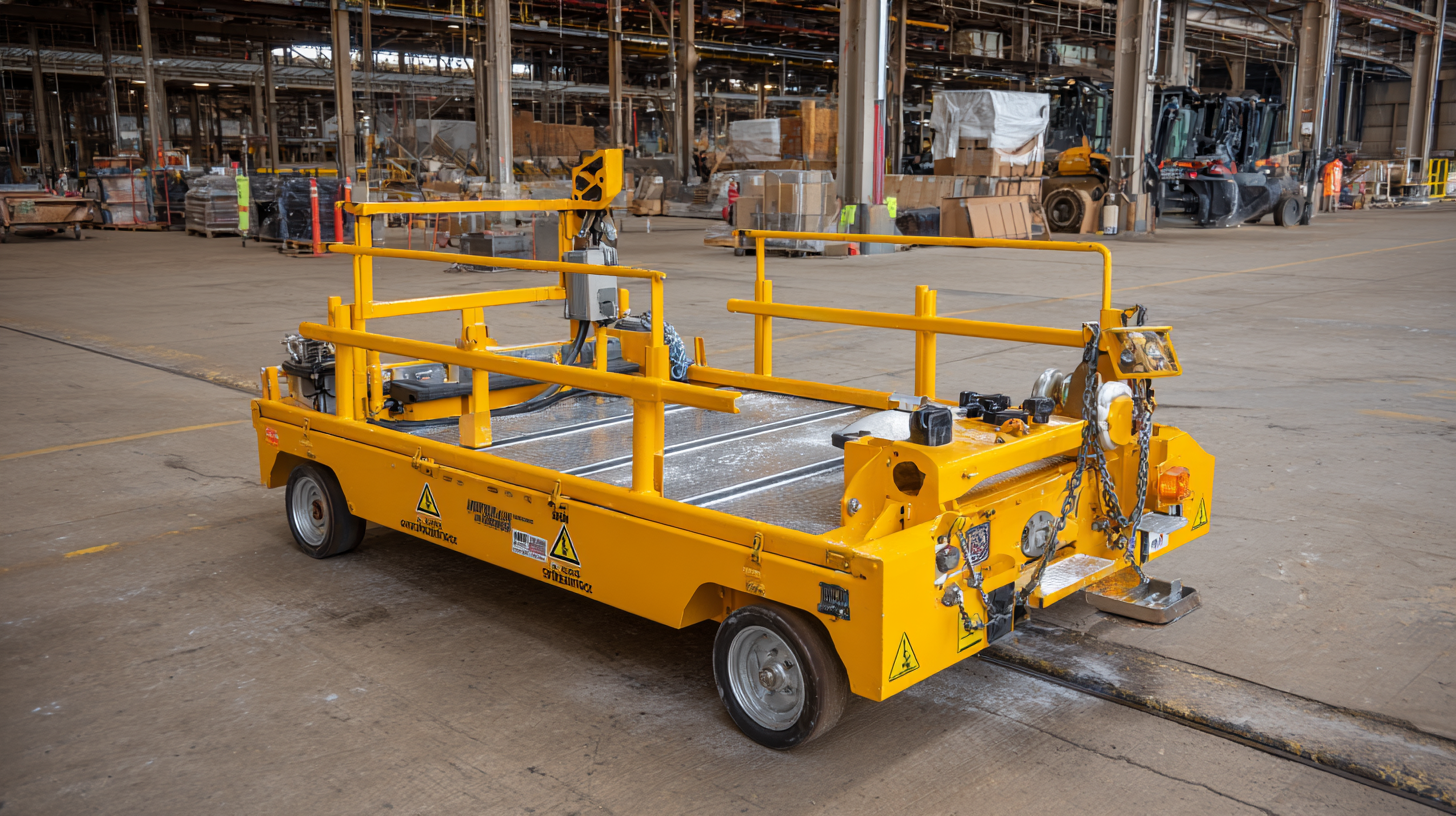
Understanding Different Types of Concrete Grinding Equipment Available
When selecting the right concrete grinding equipment for your project, it is crucial to understand the different types available on the market. Concrete grinding machines vary significantly in design, functionality, and capacity, catering to a wide range of industrial and commercial applications. The primary types include walk-behind grinders, handheld grinders, and riding grinders. Walk-behind grinders are ideal for larger areas, providing smooth and efficient grinding over expansive surfaces. In contrast, handheld grinders offer precision for smaller, more intricate tasks, such as corners or edges.
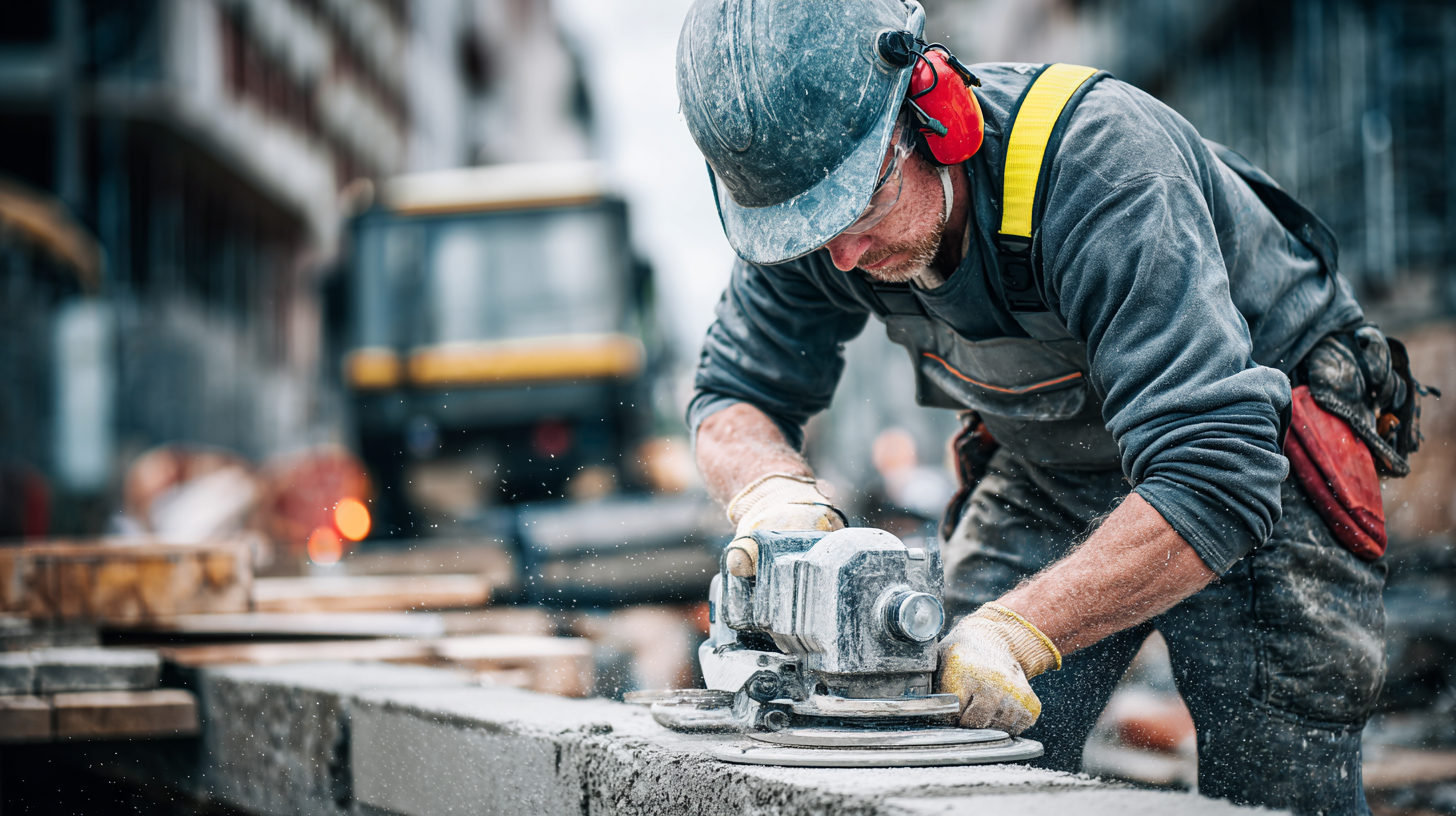
Additionally, the features and specifications of each machine are vital to consider. For instance, the power source can vary between electric and propane models, which affects both operation and mobility. The level of grinding power, whether measured in horsepower or RPM, will influence the efficiency of the job. Furthermore, specialized attachments and diamond segments are available to enhance performance, tailored for particular concrete surfaces or grinding depths. Understanding these distinctions will ensure that you choose the most suitable equipment tailored to your project's specific needs.
Assessing Your Project Requirements: Size, Surface, and Material Considerations
When selecting the right concrete grinding equipment, it's essential to assess your project requirements, particularly focusing on size, surface, and material considerations. The size of the area to be grinded will influence the type of equipment you choose; for smaller projects, handheld grinders or small walk-behind models may suffice, whereas larger commercial spaces may require heavy-duty ride-on grinders. According to a report by the Concrete Polishing Association of America, using the appropriate equipment can enhance productivity by up to 30%, making this initial assessment crucial for time and cost efficiency.
Surface conditions also play a vital role in your equipment selection. Different surfaces, whether they are newly poured concrete or heavily damaged slabs, require distinct grinding approaches. For instance, more aggressive diamond grinding wheels are ideal for removing thick coatings or repairing surfaces, while finer grits can be used for polishing existing concrete.
Tips: Always match your equipment's power and speed to the specific job type to optimize results. Additionally, check the hardness of the concrete using the Mohs scale to choose the right diamond segments—this can prevent costly mistakes and prolong the lifespan of your tools. Lastly, considering the type of material to be ground can guide your choice in selecting specialized attachments that maximize grinding efficiency.
Evaluating Key Features: Power, Weight, and Grinding Mechanisms
When selecting the right concrete grinding equipment for your project, it’s crucial to evaluate key features such as power, weight, and grinding mechanisms. Power is a primary factor affecting the efficiency and effectiveness of the grinding process. According to industry reports, grinders with higher horsepower provide better material removal rates, particularly for tougher materials. For instance, equipment with at least 15 amps can adequately handle typical concrete grinding tasks without overheating, ensuring consistent performance.
Weight is another consideration when choosing grinding equipment. Heavier models offer better stability and more aggressive grinding capabilities, though they may be less maneuverable. A study focusing on the relationship between grinding wheel wear and performance highlights the importance of selecting equipment that balances weight and portability to improve machining efficiency while minimizing wear. Moreover, understanding different grinding mechanisms is essential. The performance of various grinding techniques greatly influences the surface quality achieved. For example, recent research in material science has shown that different materials can exhibit distinct removal mechanisms during grinding, which can directly impact the finish and longevity of the concrete surface. These insights underscore the need for selecting equipment tailored to the specific requirements of your grinding project for optimal outcomes.
Concrete Grinding Equipment Comparison
This chart illustrates the key features of a typical concrete grinding equipment, including power, weight, disc diameter, and RPM. These factors are essential for evaluating which equipment is suitable for specific project needs.
Selecting Between Walk-Behind and Handheld Grinders for Your Needs
When embarking on a concrete grinding project, one of the first decisions you'll face is whether to select a walk-behind grinder or a handheld model. Each type of grinder offers distinct benefits tailored to specific jobs. Walk-behind grinders are ideal for large, open areas, providing a more efficient solution for extensive surface preparation. According to the American Concrete Institute, these machines can cover up to 1,200 square feet per hour, significantly reducing project timelines for professionals working on large commercial sites.
Conversely, handheld grinders excel in tighter spaces and are well-suited for detailed work or repairs. They allow for greater maneuverability in confined areas while still delivering effective results. The North American Surface Preparation Association highlights that handheld grinders can effectively reduce surface preparation time by up to 30% in hard-to-reach places. This makes them indispensable for residential renovations or intricate detailing that walk-behind models may struggle to navigate. Considering the scope and specifics of your project will help you make an informed decision about which grinder type aligns best with your needs.
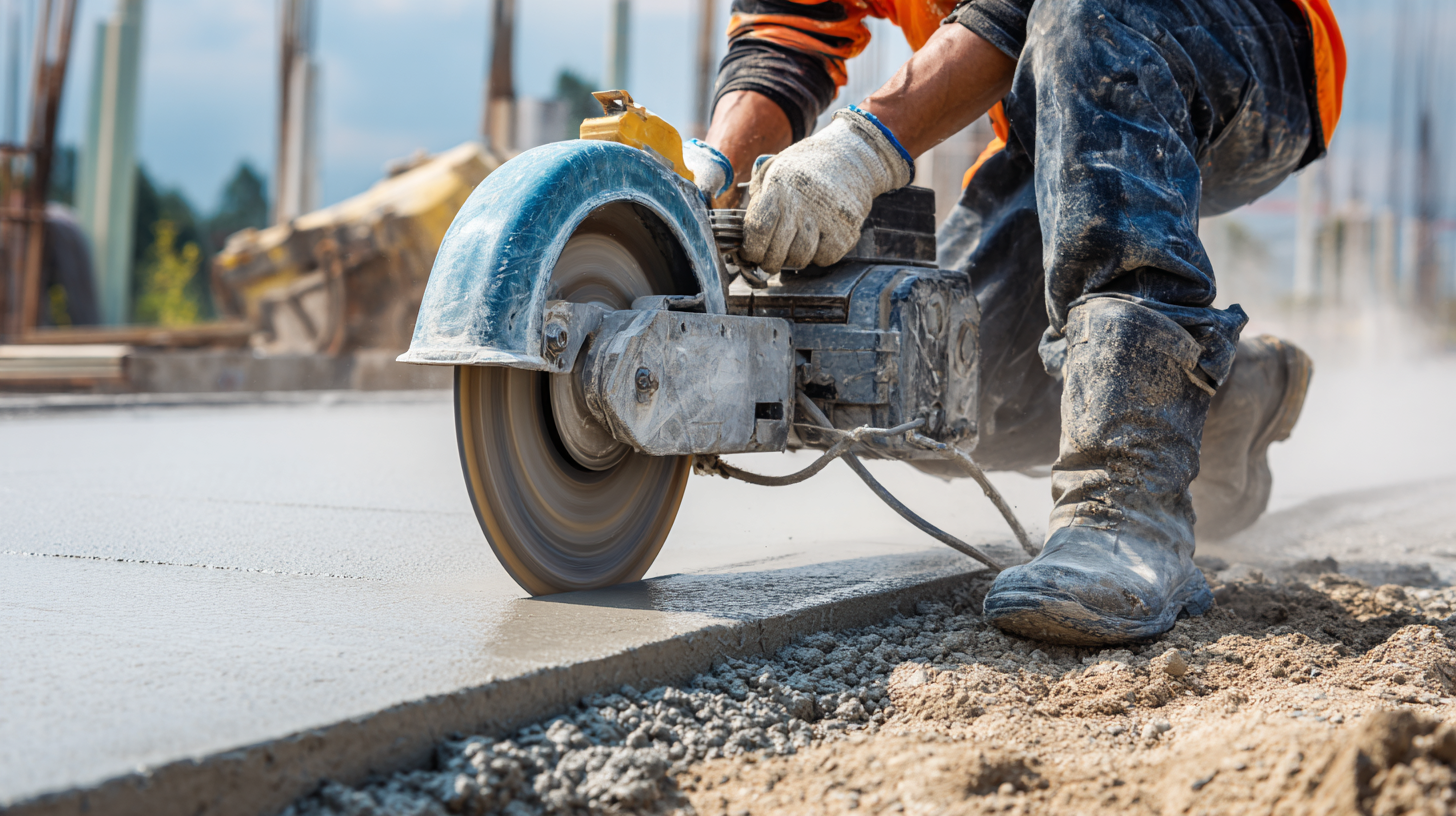
Budgeting for Equipment Purchase or Rental: Cost-Effective Options
When selecting concrete grinding equipment, budgeting is a crucial factor that can significantly impact your project. You have two primary options: purchasing or renting. Purchasing equipment provides long-term benefits for ongoing projects but requires a more substantial upfront investment. It's essential to evaluate how frequently you will use the machine, as regular use may justify the purchase. Look for models that offer durability and efficiency to ensure that your investment pays off.
On the other hand, renting can be a cost-effective option for short-term projects. Rental services often provide a range of grinding equipment to choose from, allowing you to select models that suit specific job requirements without the long-term financial commitment. Additionally, rental agreements typically include maintenance services, alleviating concerns over equipment upkeep. By weighing your project's duration and demands against your budget constraints, you can make an informed decision that best fits your financial situation.
How to Choose the Right Concrete Grinding Equipment for Your Project Needs - Budgeting for Equipment Purchase or Rental: Cost-Effective Options
| Equipment Type | Purchase Price ($) | Rental Price Per Day ($) | Ideal for Project Size | Key Features |
|---|---|---|---|---|
| Handheld Grinder | 500 | 50 | Small | Versatile, Lightweight |
| Walk-Behind Grinder | 3,000 | 300 | Medium | Efficient, Greater Surface Coverage |
| Concrete Polisher | 4,500 | 450 | Large | High Gloss Finish, Dust Control |
| Diamond Grinding Wheel | 150 | - | Accessory for Grinders | Durable, Precise Grinding |
| Floor Scarifier | 6,000 | 600 | Very Large | Removes Thick Coatings, Fast Removal |
Related Posts
-
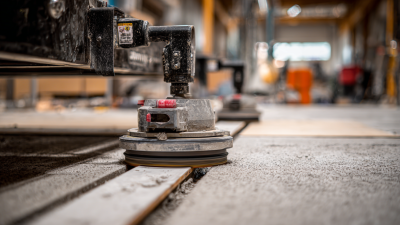
How to Maximize Efficiency with Concrete Grinding Equipment in Your Projects
-
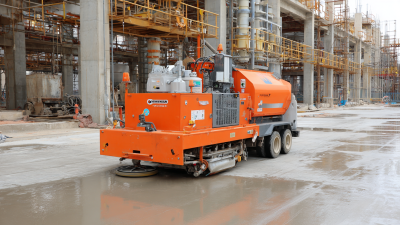
Understanding the Challenges in Achieving the Best Concrete Grinding Equipment Standards
-

Top Strategies for Sourcing the Best Diamond Grinding Tools Globally: Insights and Data
-
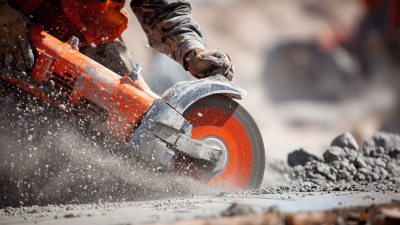
Top Strategies for Maximizing Efficiency with Best Concrete Grinding Machines
-
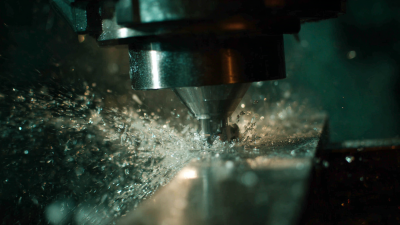
Innovative Solutions for Enhanced Performance in Diamond Tools Industry
-

Unlocking the Power: Benefits of Using a Concrete Hand Grinder for Your DIY Projects
